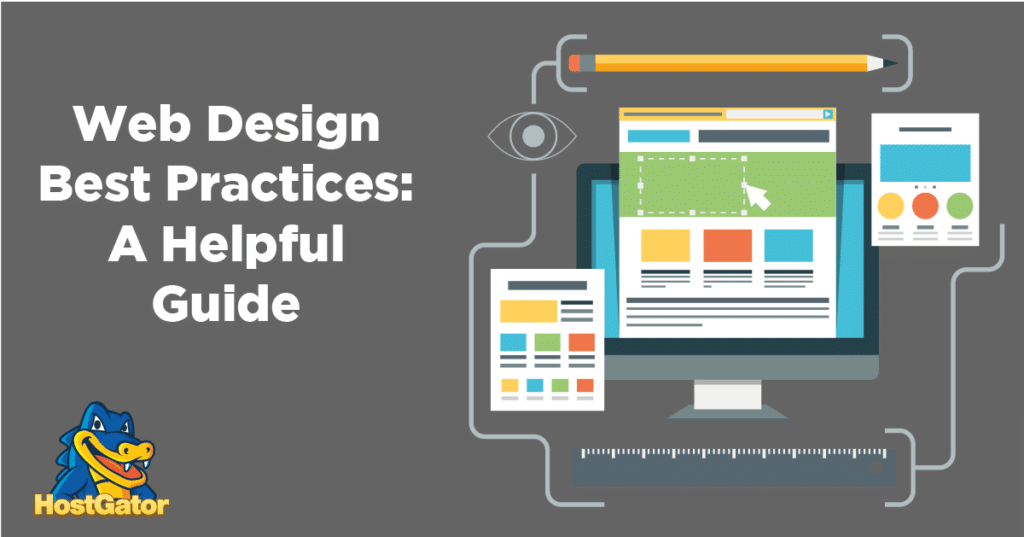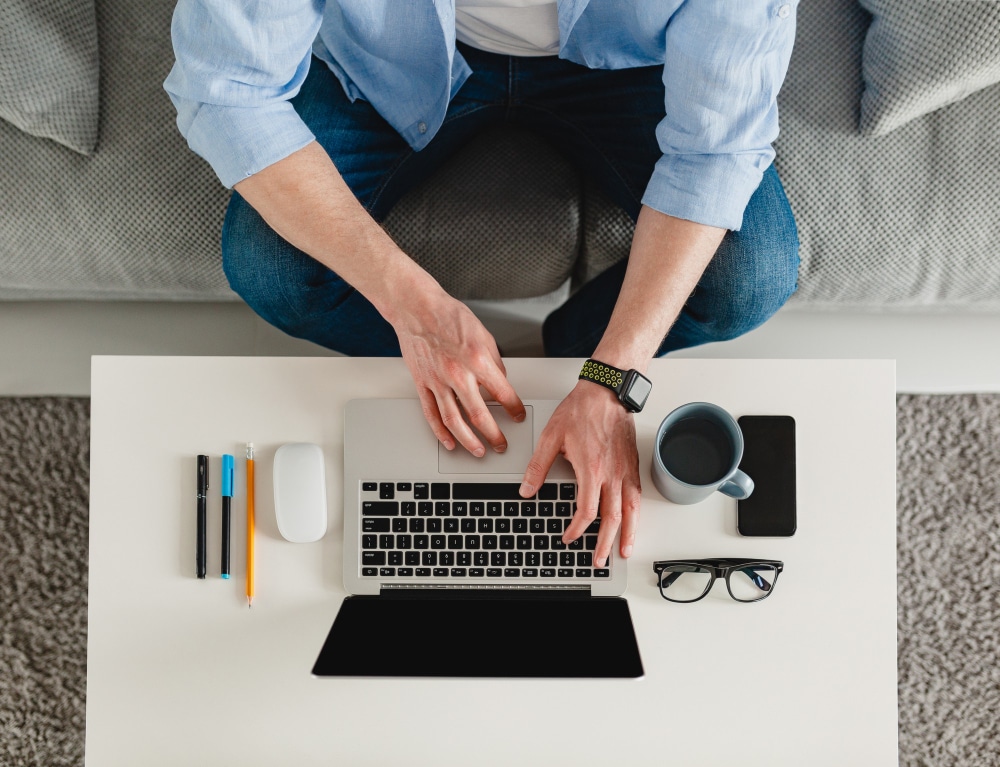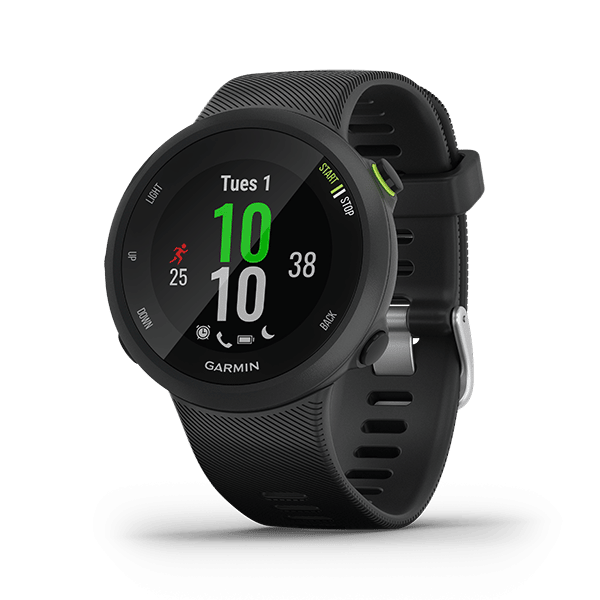Discover the secrets to creating a stunning website with our comprehensive guide to the best web design practices. Learn how to design user-friendly interfaces, choose the right colours and typography, and optimise your site for search engines.
Mastering the Art of Web Design
Our ultimate guide covers everything from the basics to advanced techniques, providing you with the tools you need to master the art of web design. Start your journey to the best website design practices today.
Introduction to Web Design Best Practices
In the fast-paced world of digital technology, it is more important than ever to have a website that not only looks great but also functions effectively. A well-designed website can help your business or personal brand stand out, attract and retain visitors, and achieve your goals. But where do you start? That’s where web design best practices come in. These time-tested guidelines provide a roadmap for creating a website that meets the needs of your audience and showcases your brand in the best light. From layout to user experience, these practices ensure that your website is both beautiful and effective.
The Importance of User-Centred Design
User-centred design is a fundamental aspect of web design best practices. This approach puts the needs and preferences of the user at the forefront of the design process. By considering the user’s goals, behaviour and feedback, you can create a website that is intuitive, easy to navigate, and provides a positive experience. A user-centred design not only improves the user experience but also helps to increase engagement and conversions. Whether you’re building a personal blog or an e-commerce site, taking a user-centred approach to web design is essential to your success.
Essential Elements of a Well-Designed Website
A well-designed website is made up of several key elements that work together to create a seamless user experience. Some of the most important elements include a clear and concise navigation menu, high-quality visual content, an intuitive layout, and accessible information. It is also important to have a responsive design that adjusts to different screen sizes and devices, as well as fast load times to keep visitors engaged. Additionally, incorporating features such as contact forms, calls to action and search functionality can greatly improve the functionality and overall effectiveness of your website.

The Role of Color and Typography in Web Design
Colour and typography play a crucial role in web design, as they can greatly influence the look, feel and overall tone of a website. The right colour palette can evoke emotions, set the mood, and help to distinguish your brand from others.
Typography, on the other hand, can greatly affect the readability and legibility of your content. Choosing the right font, size and spacing can make your content easier to read, while also contributing to the overall aesthetic of the site. It is important to choose colours and typography that are consistent with your brand and complement each other, creating a harmonious and attractive design.
Advanced Web Design Techniques and Trends
As technology continues to evolve, so do web design techniques and trends. Keeping up with the latest developments can help you create a cutting-edge website that stands out from the competition. Some of the latest trends include the use of vibrant and bold colour palettes, minimalist design, the use of dynamic animations, and the incorporation of virtual and augmented reality.
These advanced techniques can take your website to the next level, but it’s important to use them judiciously and in a way that enhances the user experience. By staying up-to-date with the latest web design trends, you can create a website that is both stylish and functional.







